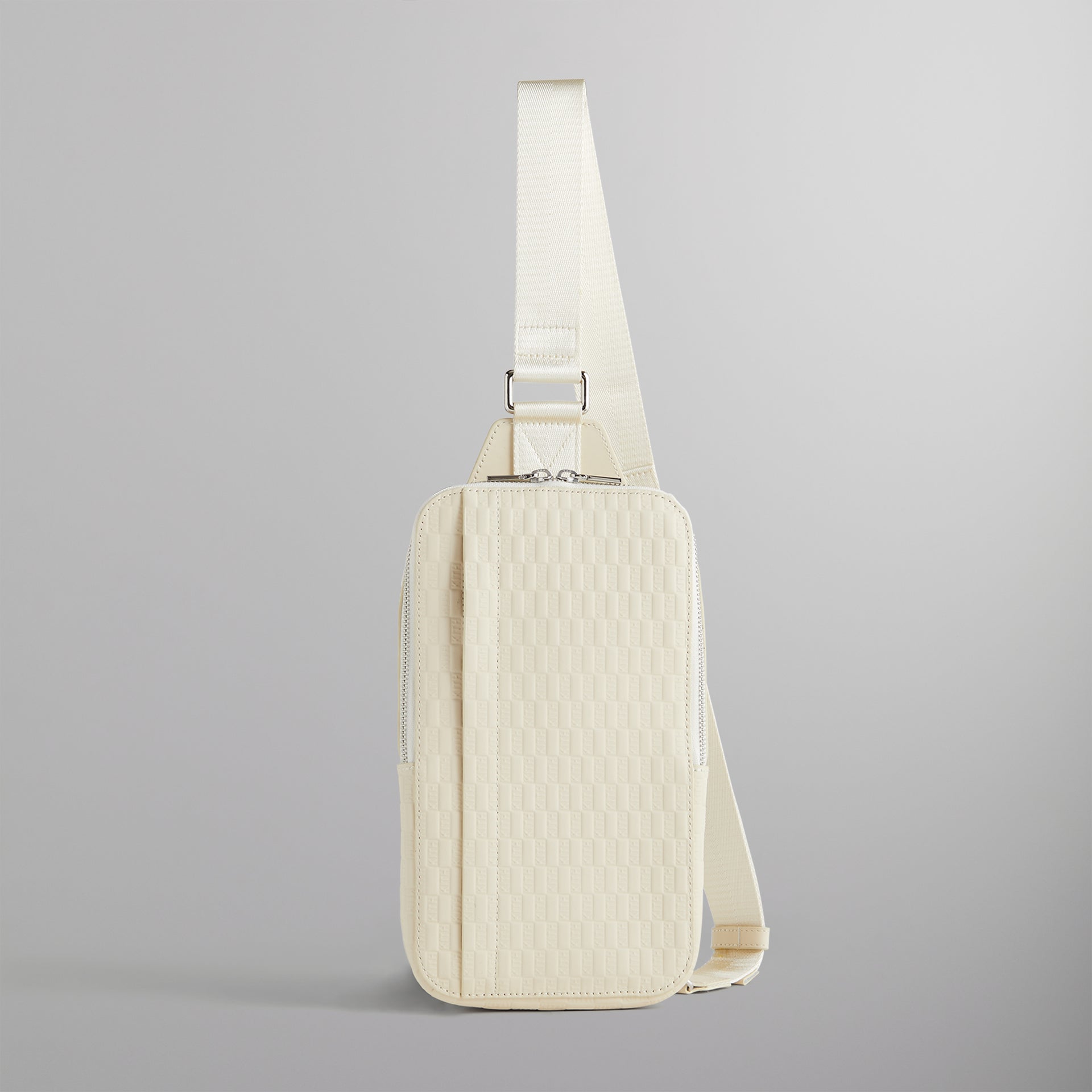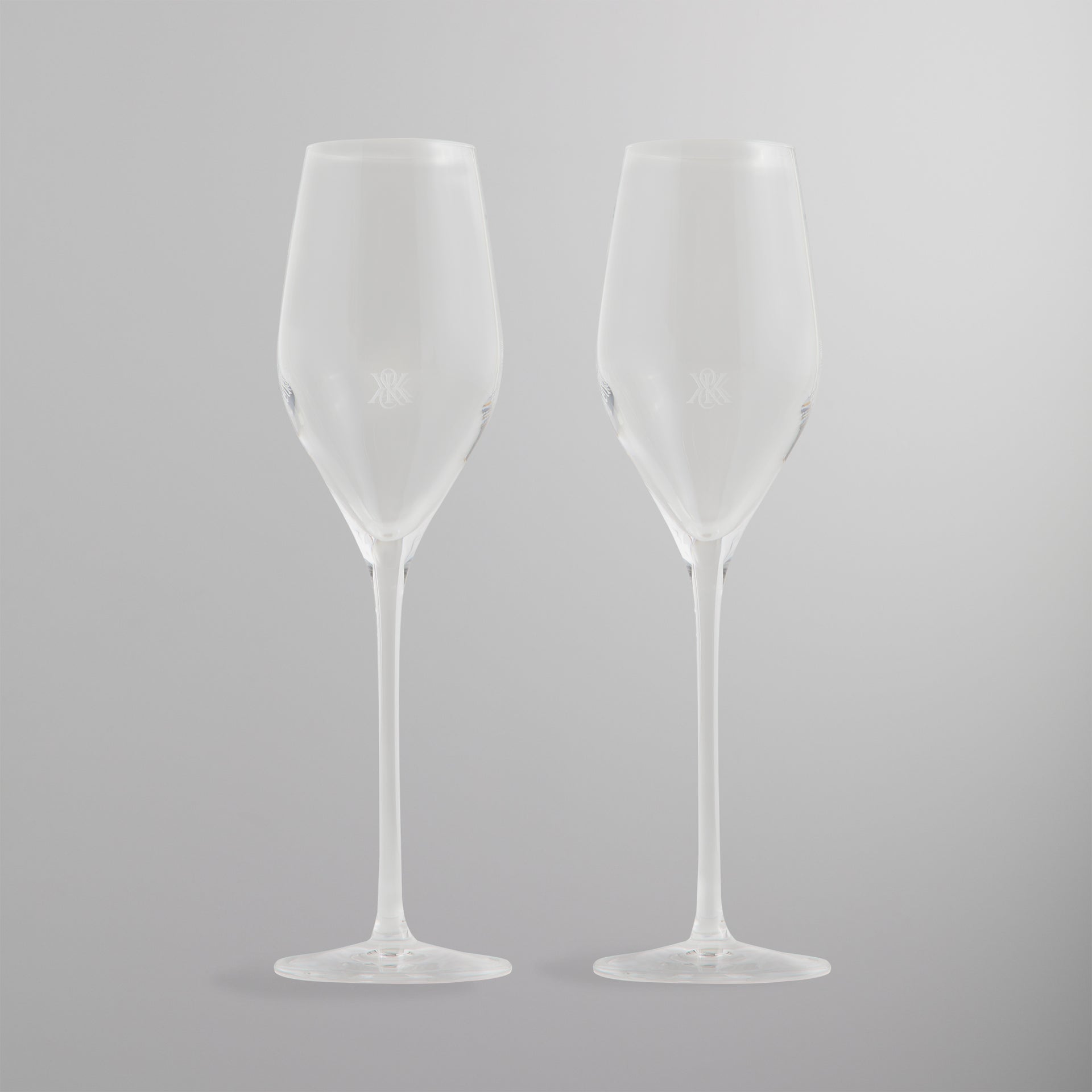In 1949, Mr. Kihachiro Onituska established the ONITSUKA Shokai in Kobe, that same year re-branding as ONITSUKA Co LTD. Eventually, the brand changed its name to ASICS, which is Latin for Anima Sana Corpore Sano or You Should Pray For A Healthy Mind In A Healthy Body, a direct quote from the Roman satirist, Juvenal. The decision for the name came from the first letters of the quote Mr. Onitsuka's good friend once told him which inspired him greatly. Along with this came the merger of ONITSUKA Co LTD, GTO Co LTD, and JELENK Co LTD. joining forces to create the sporting goods giant that is now Asics Corporation. In 2001, Onitsuka Tiger was revived to represent the heritage models of Asics which were more commonly noticeable as Onitsuka models. This re-emerges into the market helped the brand operate with Asics being the technologically advanced brand creating new tech-driven offerings, while Onitsuka Tiger can continue the release of timeless heritage models.
Setting out to help the youth of Japan and rebuild a better future after the War ended, Onitsuka Tiger believed that playing sports was the best way to unite people and connect communities. Sixty years later, and this philosophy remains true, with their focus on carefully crafted details and an ongoing urge to innovate is what has allowed them to take Onitsuka Tiger to the world.
In 1951, an idea inspired by an octopus came to life - a story based on an eight-legged delicacy fated to be so much more than somebody's supper. When Kihachiro was having dinner and the tentacle got stuck to the salad bowl it inspired the suction-cup sole on the OK Basketball Shoe - Its grip allowed players to make the fast breaks and sudden stops essential to the game. In 1960, Kihachiro was inspired to improve the breathability of his shoes to alleviate runners from creating too much friction and getting blisters. The Magic Runner was born and was not only more lightweight but also offered excellent air circulation.
In 1964, the need for speed was accomplished during the 1964 Tokyo Games. Onitsuka Tiger designed their first fixed track spikes on a shoe for runners. Athletes could select from four different spike lengths depending on the track's conditions. This line featured a number of shoe structures, including a heel with a layer of soft sponge to absorb shock upon impact. Following this new design, in 1966 changes were made that are still evident in today's market. the most noticeable characteristic of any Onitsuka tiger shoe came to life - the formstripes which appeared for the 1968 Mexico Olympic Games.
Unknown to many, in 1969 Bill Bowerman and his protege and later business partner, Phil Knight met with Mr. Onitsuka as part of Knight's MBA studies in marketing athletic shoes. Being that Onitsuka was now such a world-renowned brand, Bill and Phil were inspired to set up BRS, or Blue Ribbon Sports to bring the Onitsuka Tiger brand stateside. Onitsuka Tiger created the TIGER CORTEZ model as a request from Blue Ribbon Sports. BRS shortly became the giant now known today as Nike - their first model was dubbed the Cortez.
Moving on into the '70s, the California model was created specifically for joggers. It helped maintain the arch of the foot while giving support to the toes. The form-fitting insole allowed enough room for the toes to move while the wide, rounded heel aided in balance, and the curved-up toe assisted in a forward movement. Lastly, keeping joggers in mind this model featured reflective patches stitched on the rear of the shoe so that drivers could see the runners from at least 300 meters away.
As the early 2000s approached and Onitsuka Tiger made its revival the Asics brand knew they had to bring back the spirit of their heritage and the pride that they were established on - their Japanese craftsmanship combined with a timeless aesthetic that was loved by many from the tracks to the streets. The re-launch included classic models that were refreshed, reinterpreted, and reinvented. Taking their original sports models and making changes such as cuts, color schemes, construction to bring forth a made-for-living remodel of the originals - the Mexico 66, California 78 and the Nippon Made.


